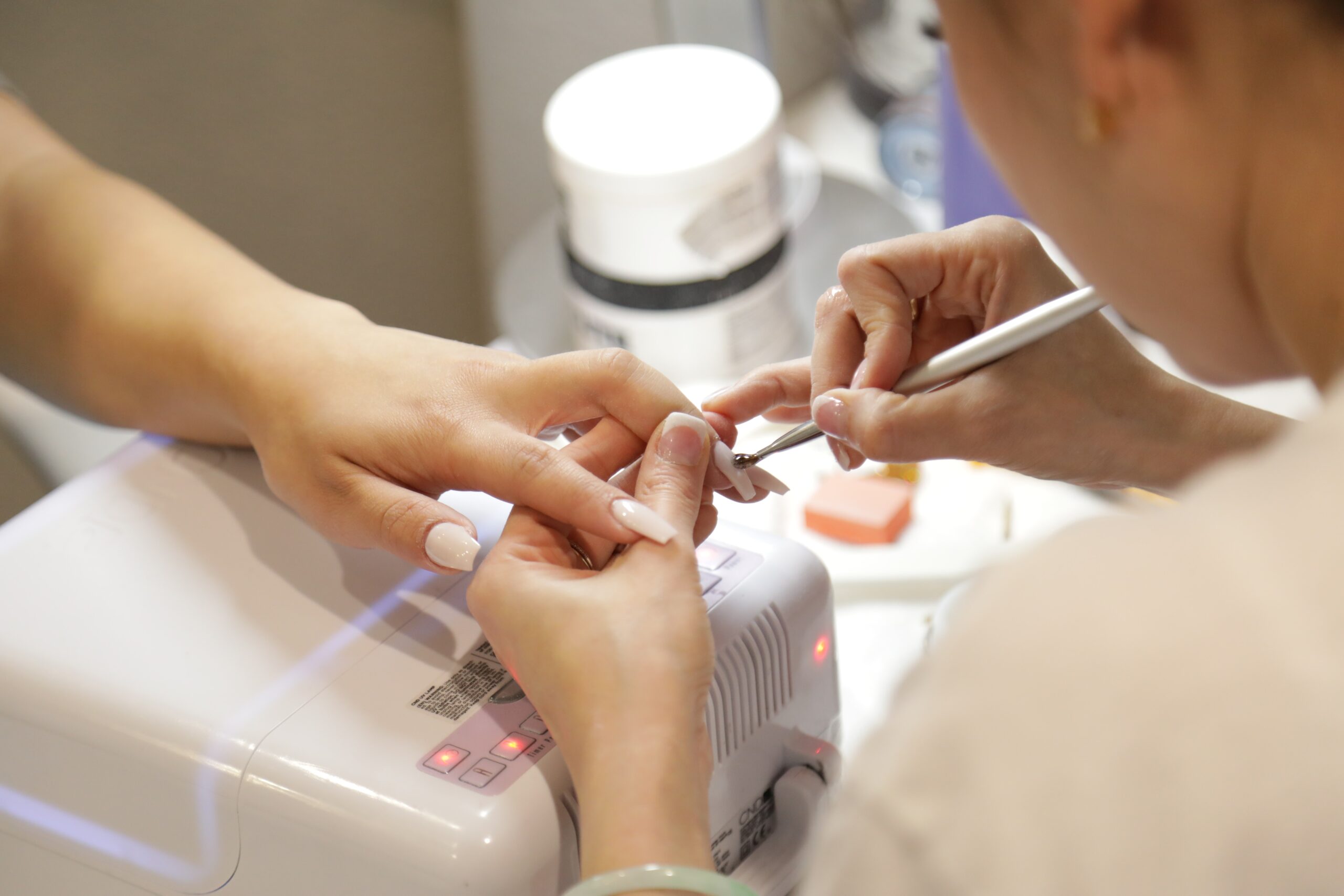Media-induced self-diagnosis: a risky affair
Posted on 22nd October 2014 by Ashwini Patankar

A lot of medical professionals are often annoyed by patients using terms which are absurd. Often patients lack complete information and that leads to a lot of confusion for the patients and their corresponding doctors. This is a rising problem for everyone with internet or media access in the world and raises false alarms causing unnecessary panic.
“My kidney is palpable, I probably have kidney failure !”, said a teenager at the clinic while pointing out her love handles.”
As funny as it may sound she was terrified and believed that she was going to be dead in a few hours. when asked questions about why she felt that way, she said she had seen a similar case on the T.V show ‘House M.D’ and she then googled it to figure out she was going to die.
Patients often come with self made diagnosis and don’t budge from their opinion in spite of contrary evidence. This in medicine can be countered with logical explanation, however in patients with psychiatric problems it often aggravates anxiety.
This in fields of medicine and psychiatry is called self-advocacy (self-empowerment); this was started in the psychiatric field during the 1970s. It advocated changes in the delivery of services and encouraged patients to participate better in taking care of themselves. Similar systems were started in the field of medicine in 1980s. Hospice and home health care were the first few to begin with.
In developed countries like the UK, NHS (National Health Service) Direct was such a database which later was also available as NHS online for the same. This widely facilitated the use of media, the internet in particular, for self advocacy.
Initially, it helped greatly in administration of treatment and helped patients to become aware of their rights, duties, etc., however later increasing numbers of people began using it for self-diagnosis to often save medical bills and efforts. Unfortunately instead of saving the doctor’s time, it became a curse, for many times symptoms were missed or were ignored due to denial.
“A hypochondriac is one who has a pill for everything except what ails him.” ~Mignon McLaughlin, The Second Neurotic’s Notebook, 1966
Many such self diagnoses led to several disorders which had earlier been unheard of or were rather less common, thus turning people into hypochondriacs. Some of these are very interesting and are as follow:
- Cyberchondria: It is the unfounded escalation of concerns about common symptomology based on a review of search results and literature online. Articles in popular media position cyberchondria anywhere from temporary neurotic excess to adjunct hypochondria.

- Delusional parasitosis, or delusory parasitosis:Also known as Ekbom’s syndrome:It is a form of psychosis whose victims acquire a strong delusional belief that they are infested with parasites, whereas in reality no such parasites are present.

- Morgellons (also called Morgellons disease or Morgellons syndrome): It is a condition whose sufferers have the delusional belief that they are infested with disease-causing agents described as things like insects, parasites, hairs or fibers, but in reality no such things are present.
As interesting as these sound, these disorders have often caused many casualties and many such researches looking down upon self-diagnosis have been carried out.
- Zola , ‘Medicine as an Institution of Social Control’ in Cox and Mead Ed. A Sociology of Medical Practice, London: MacMillan , claims there is still evidence suggesting some believe certain information within medicine should be confined to the sphere of the experts. Therefore, if some knowledge or information is excluded from the public, the public lacks power to challenge this knowledge or information. This is because the public could be entirely unaware of the existence of this information or knowledge.
- Hart, Henwood, Smith and Wyatt (2003), ‘”Ignorance is bliss sometimes”: constraints on the emergence of the “informed patient” in the changing landscapes of health information’ inSociology of Health & Illness, Vol.25 No.6
- “CRICO/RMF – Case Studies – High Risk Areas – Diagnosis – Reliance on Patient’s Self-Diagnosis Obscures Fatal Condition”.
Hence, countering self-diagnosis is an increasing challenge, especially in psychiatric patients. Heavy steps must be taken by all medical institutes and such diagnostic websites to caution both before and after providing diagnosis. Also, doctors must advise patients of the dangers of self-diagnosis beforehand to curb the patients’ anxiety and fortify their trust.
“Drugs are not always necessary. Belief in recovery always is” – Norman Cousins




No Comments on Media-induced self-diagnosis: a risky affair
Nice..addresses an important aspect in modern clinical practice..
7th November 2014 at 3:52 am